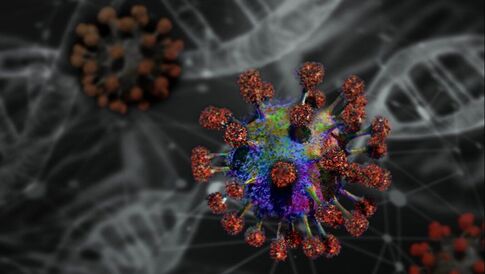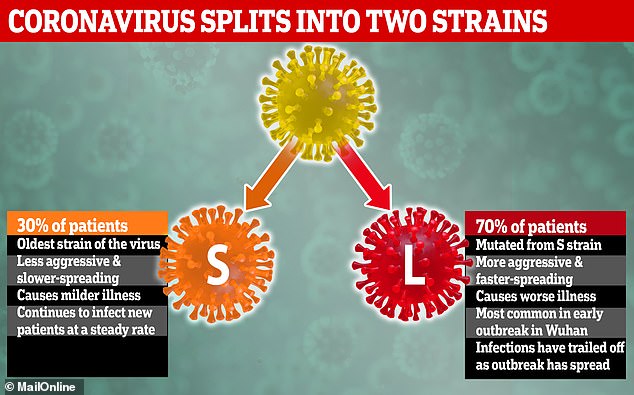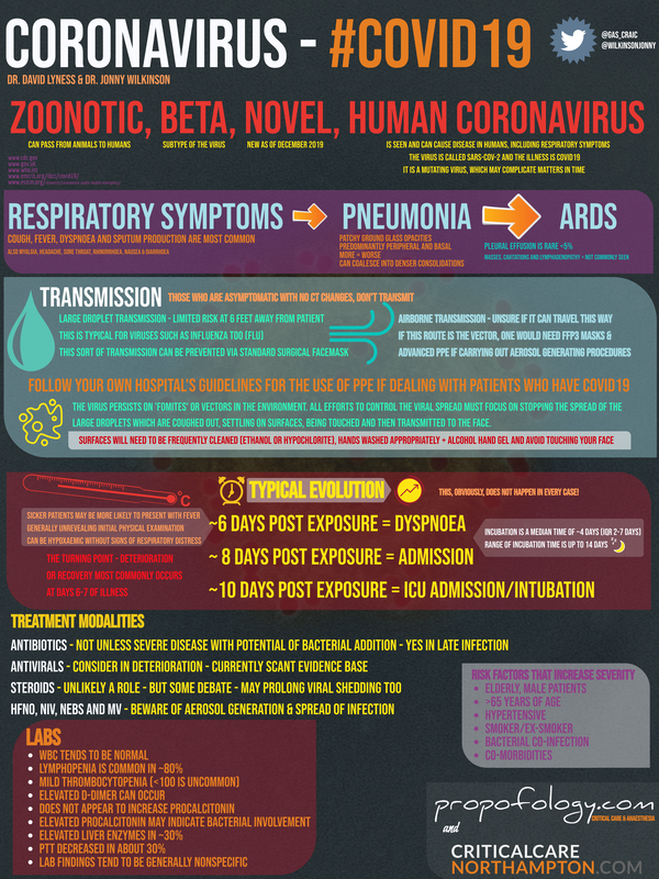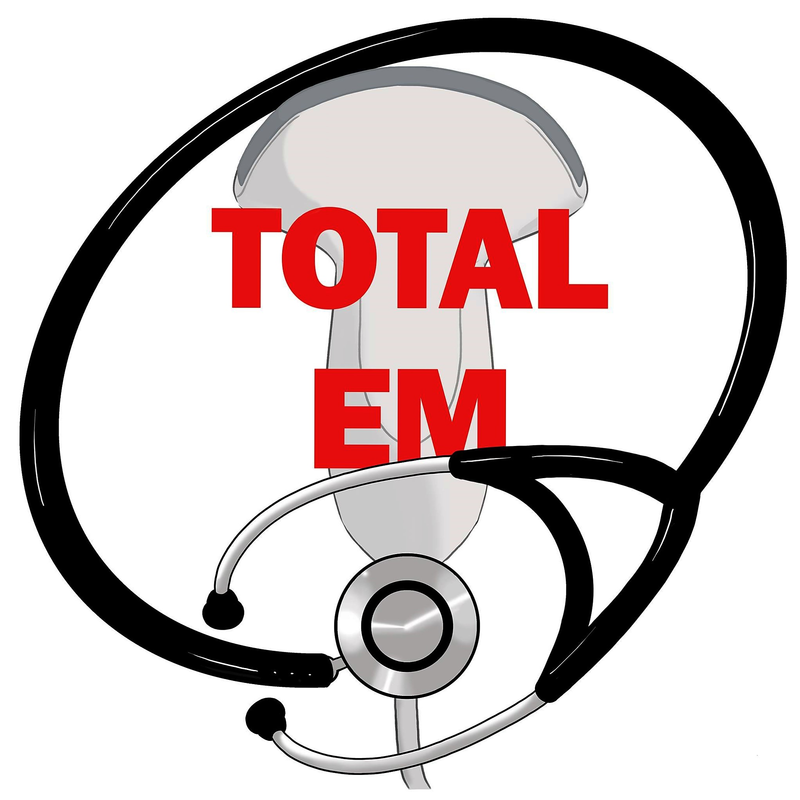|
Coronavirus Disease 2019 (COVID-19) has been a very popular topic over the last few months. However, there has been a great deal of misinformation and new information that has changed what we previously thought about this disease. While we discuss this topic, it is worth noting that this may continue to change further and that this post was last updated on 3/3/2020.
Coronaviruses are fairly common and usually cause mild to moderate upper respiratory infections (URIs), but we have seen deadly versions in the past including Middle East Respiratory Syndrome (MERS-CoV) that was first reported in Saudi Arabia in 2012 and Severe Acute Respiratory Syndrome (SARS-CoV-1) that was first reported in Asia in February 2003.
COVID-19 is caused novel coronavirus first identified in Wuhan, Hubei Province, China in December 2019. The virus itself is referred to as SARS-CoV-2. Given how this can cause confusion, most sources are simply referring to both the virus and the disease by COVID-19 which is what we will also do here. In this post there will be a number of citations to help support what is discussed and to help eliminate concerns for spreading any misinformation. Essential Biology
Fast Facts on COVID-19
To help get an overall synopsis of COVID-19, there is an excellent infographic included below which is found on Propofology.com and includes a higher resolution html image.
Testing, treatment, and disposition depend on a variety of factors and difficult to cover at this time given the daily changes and updates that are being received. However, the infographic above and the resources available with the CDC, World Health Organization (WHO), and certain reputable sources such as IBCC can help in the future as this continues to evolve. We encourage you to follow local and national guidelines.
Let us know what you think by giving us feedback here in the comments section or contacting us on Twitter or Facebook. Remember to look us up on Libsyn and on iTunes. If you have any questions you can also comment below, email at [email protected], or send a message from the page. We hope to talk to everyone again soon. Until then, continue to provide total care everywhere.
1 Comment
|
Libsyn and iTunesWe are now on Libsyn and iTunes for your listening pleasure! Archives
August 2022
Categories |
||||||




 RSS Feed
RSS Feed